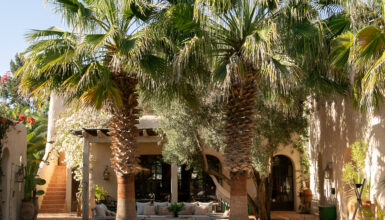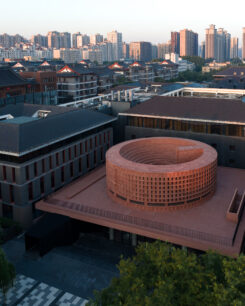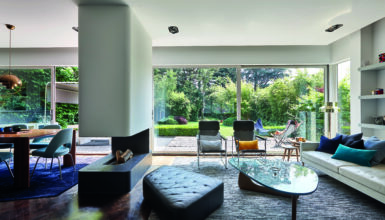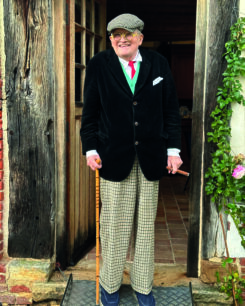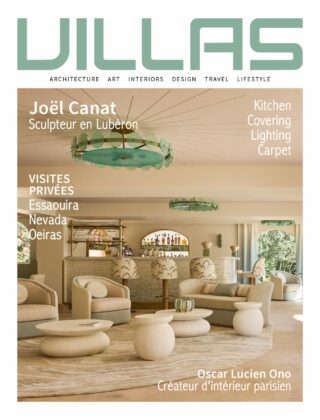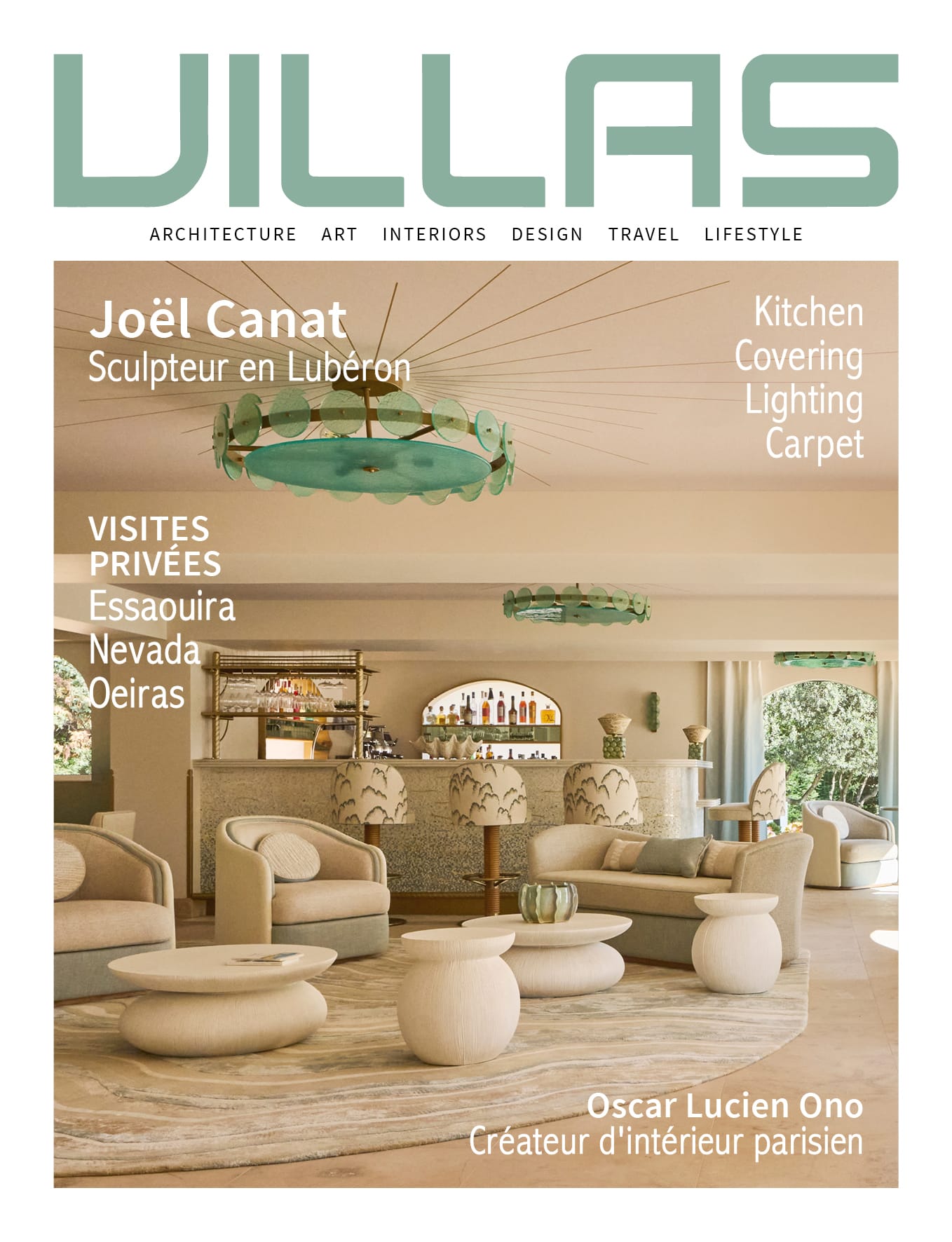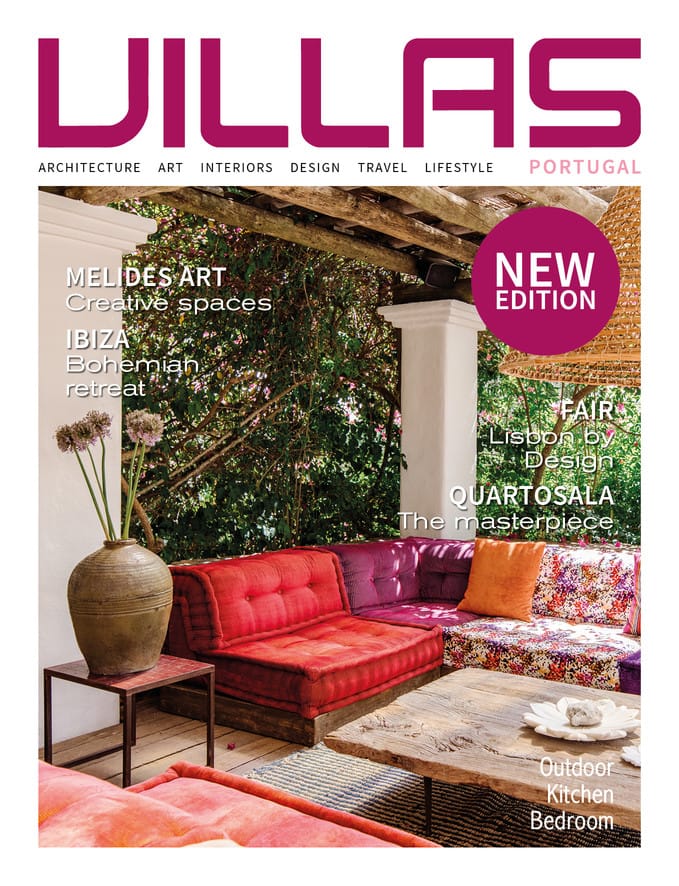Sommaire
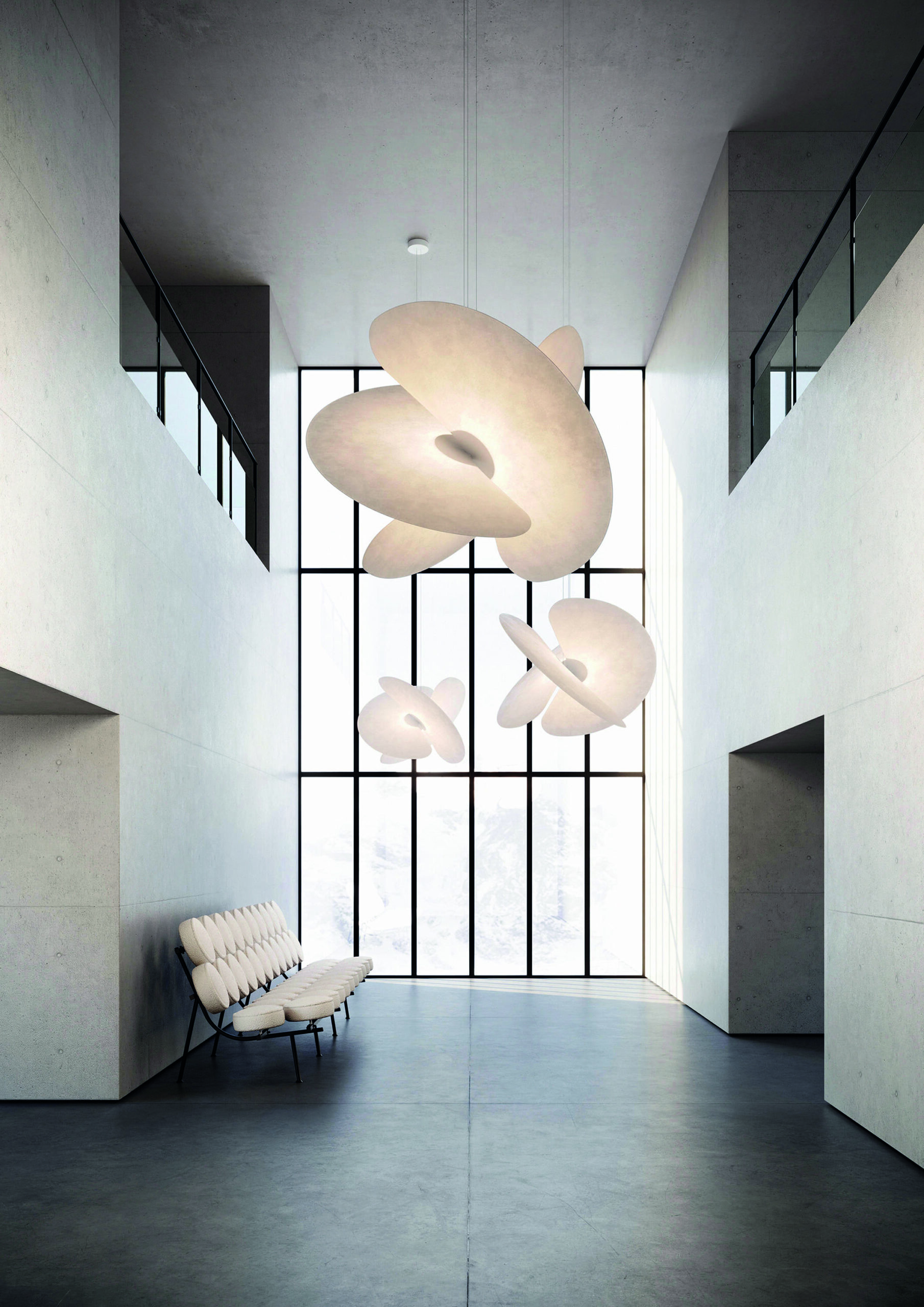
Material & Reflection
Beautiful light fittings
Whether natural, diffused or casting shadows, it illuminates our most intimate boudoirs as well as our most formal living rooms. The current trend is for clear lines, pure geometric shapes and a neutral colour palette. Contemporary lighting blends harmoniously into the décor, adding a touch of modernity and sophistication. We also love the vintage style of floor lamps created by the greatest designers of the 1960s and 1970s. If we loved them yesterday, then we idolise them today. These lights have not aged a bit and are the new “classics” of interior design. One visionary, Philippe Starck not least, even asserts that, in the future, we will no longer be designing chandeliers, sconces or ceiling lights, but designing clarity, in other words, lighting that tends so much towards abstraction that it becomes an architectural luminous feature that takes precedence over the actual object. What he has doubtlessly forgotten is that, without a support, light is naked. So why not simply pick out lamps that are also beautiful objects in their own right?
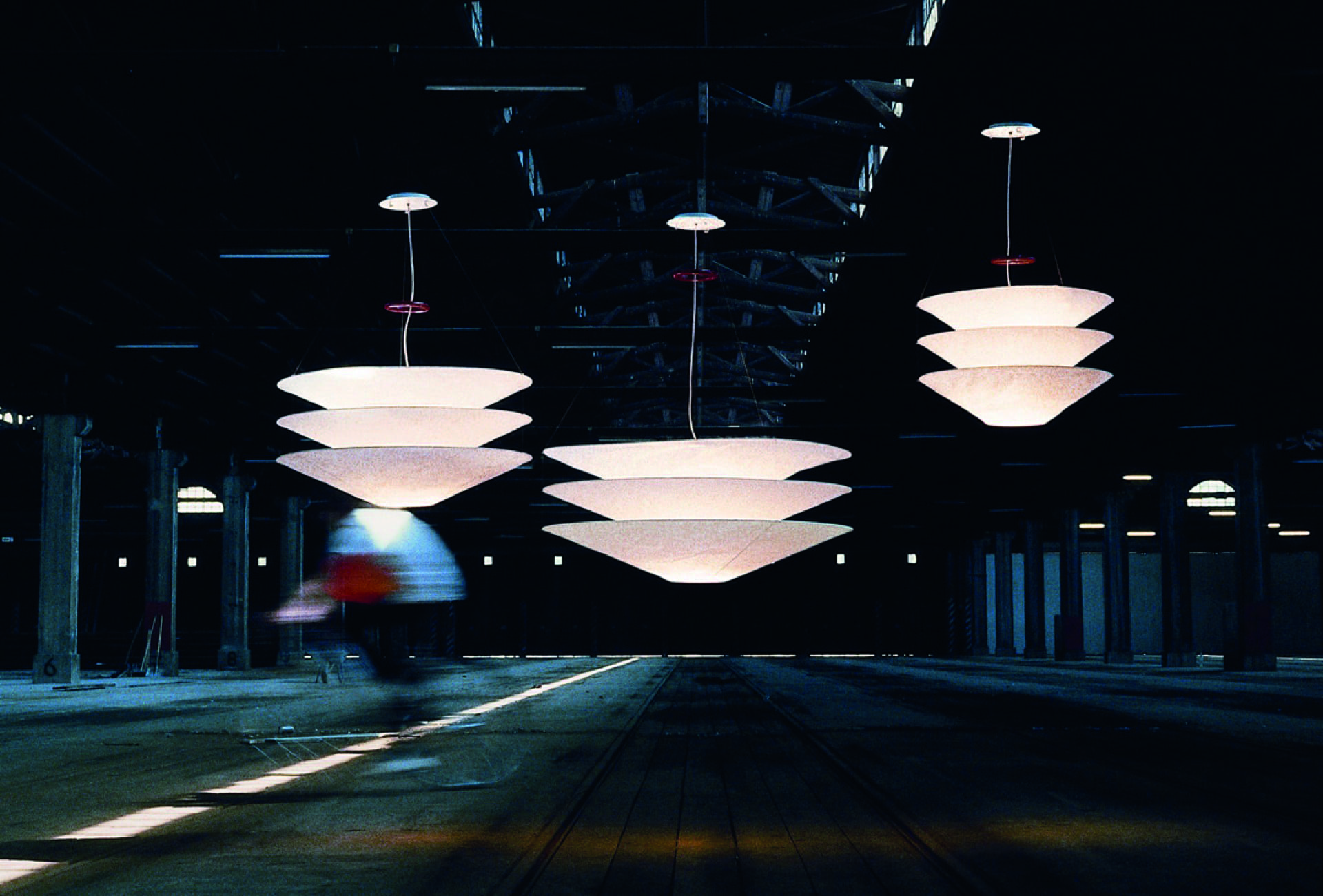
Bright suspensions
Suspended luminaires light up our interiors. A well-chosen lighting system “from above” meets two essential criteria: its creative added value, which is necessarily subjective, and its technological prowess. Whether direct, LED (Light Emitting Diode) or diffused, any suspended, chandelier or ceiling light is chosen according to its intended purpose: working, reading, entertaining friends or creating an intimate atmosphere.
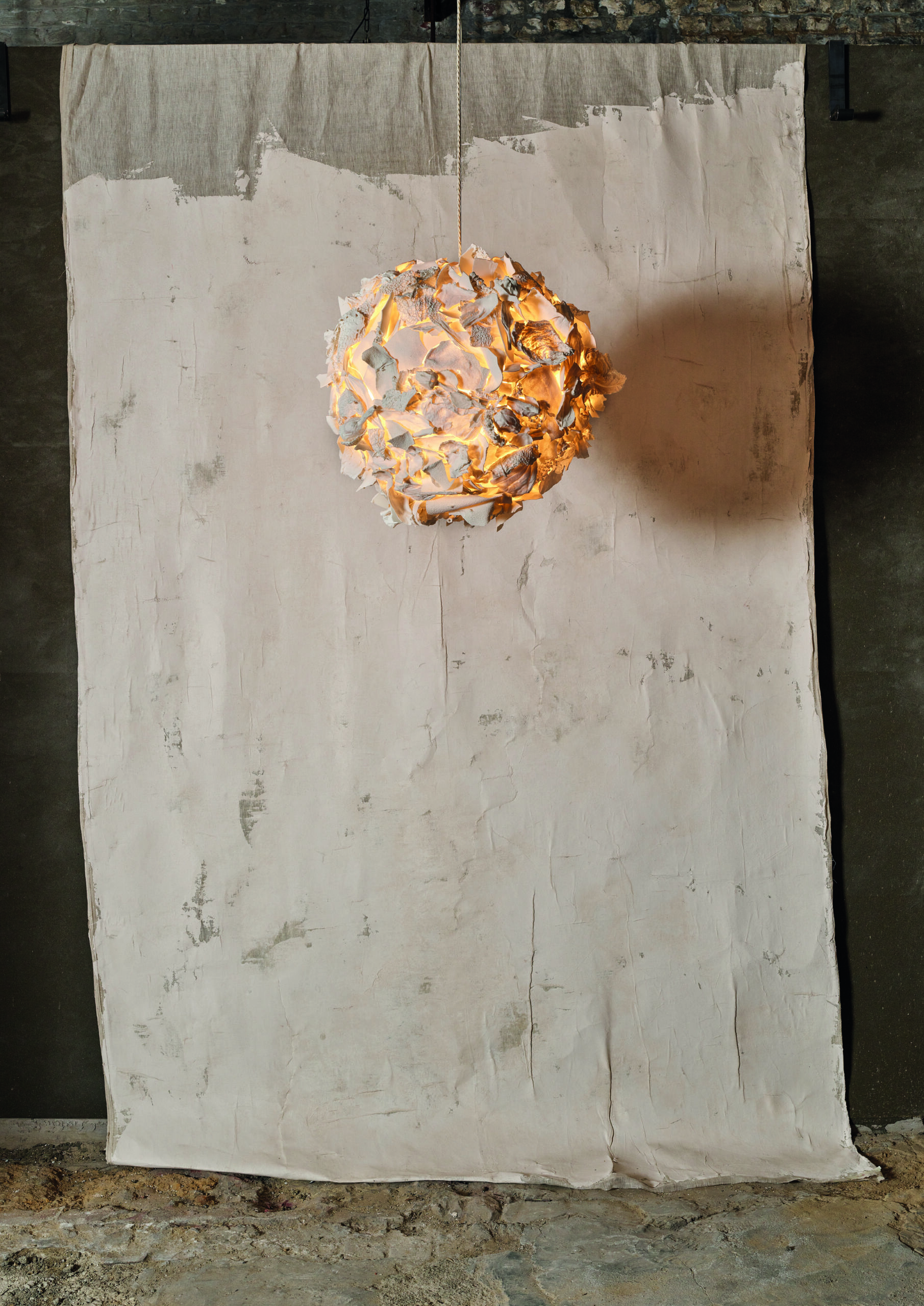
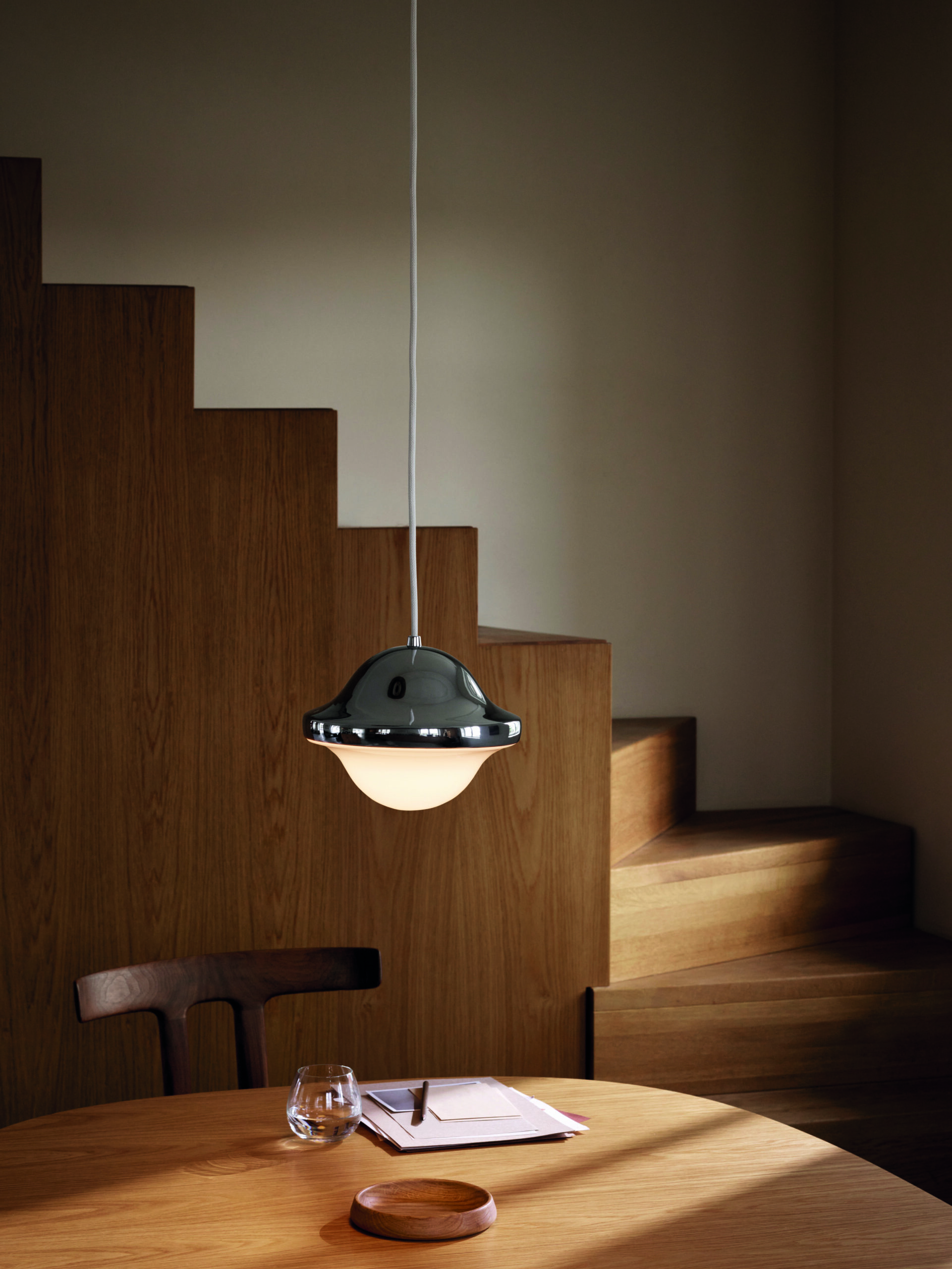
Let in the daylight! That is what many interior designers will tell you, vying with each other in terms of ideas and ingenuity to fit out our homes with the right lighting, i.e. exactly the right light for the right purpose. Does this mean that light is the whole point of architecture? Its essential component? Of course, there’s the sense of wonder triggered by beautiful lighting and the emotion that sculptural lighting arouses when approached in an artistic as well as technical manner. Nonetheless, the role of good lighting is first and foremost to blend in with a setting. The mistake to avoid is choosing a lighting fixture that is too present and “cannibalizes” the space. In architecture, as in decoration, it is the accessory that must be chosen with the greatest care. A lamp chosen for its artistic value may be an eye-catcher, but it also means that the rest of the room needs to be more discreet to preserve the balance.
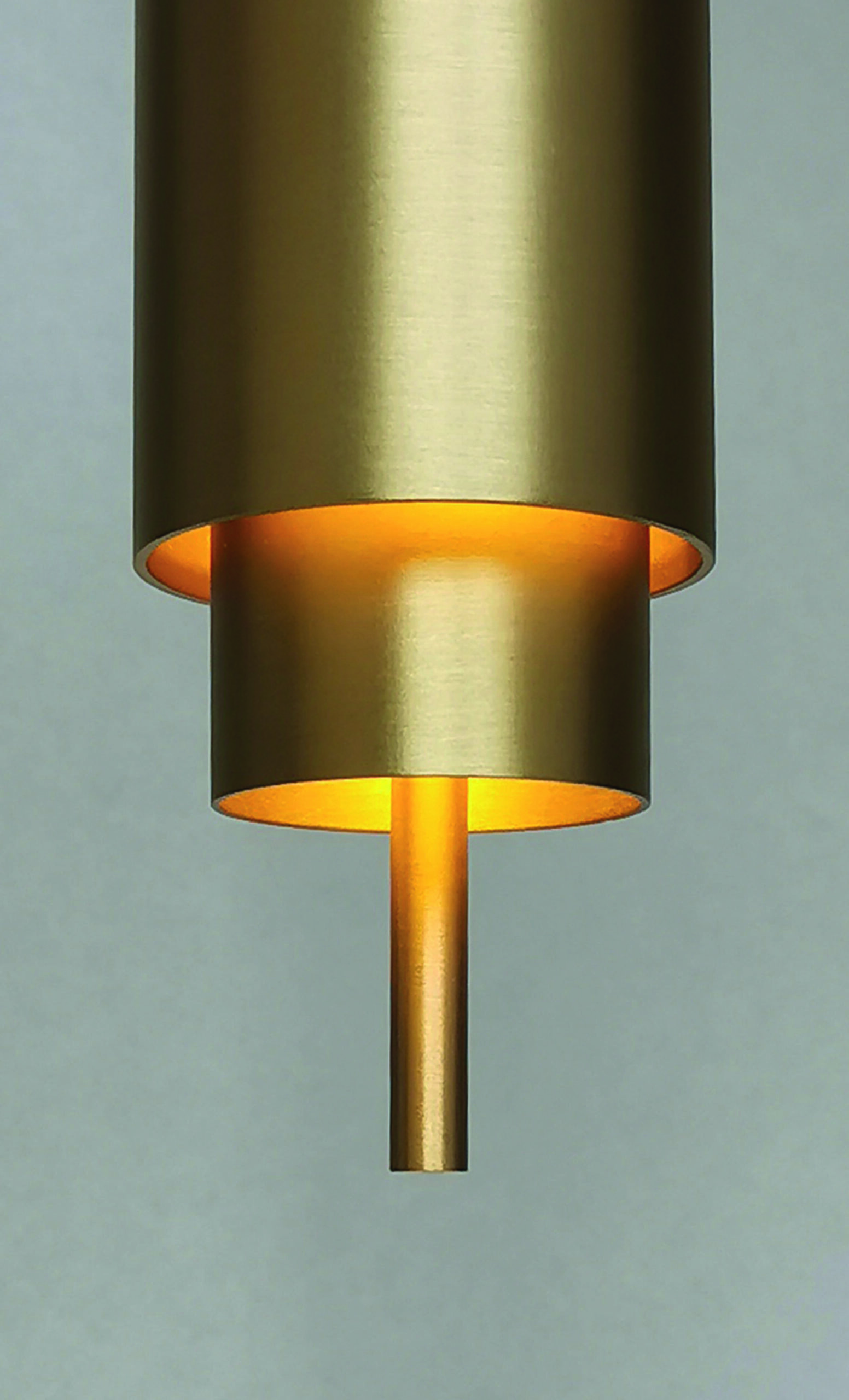
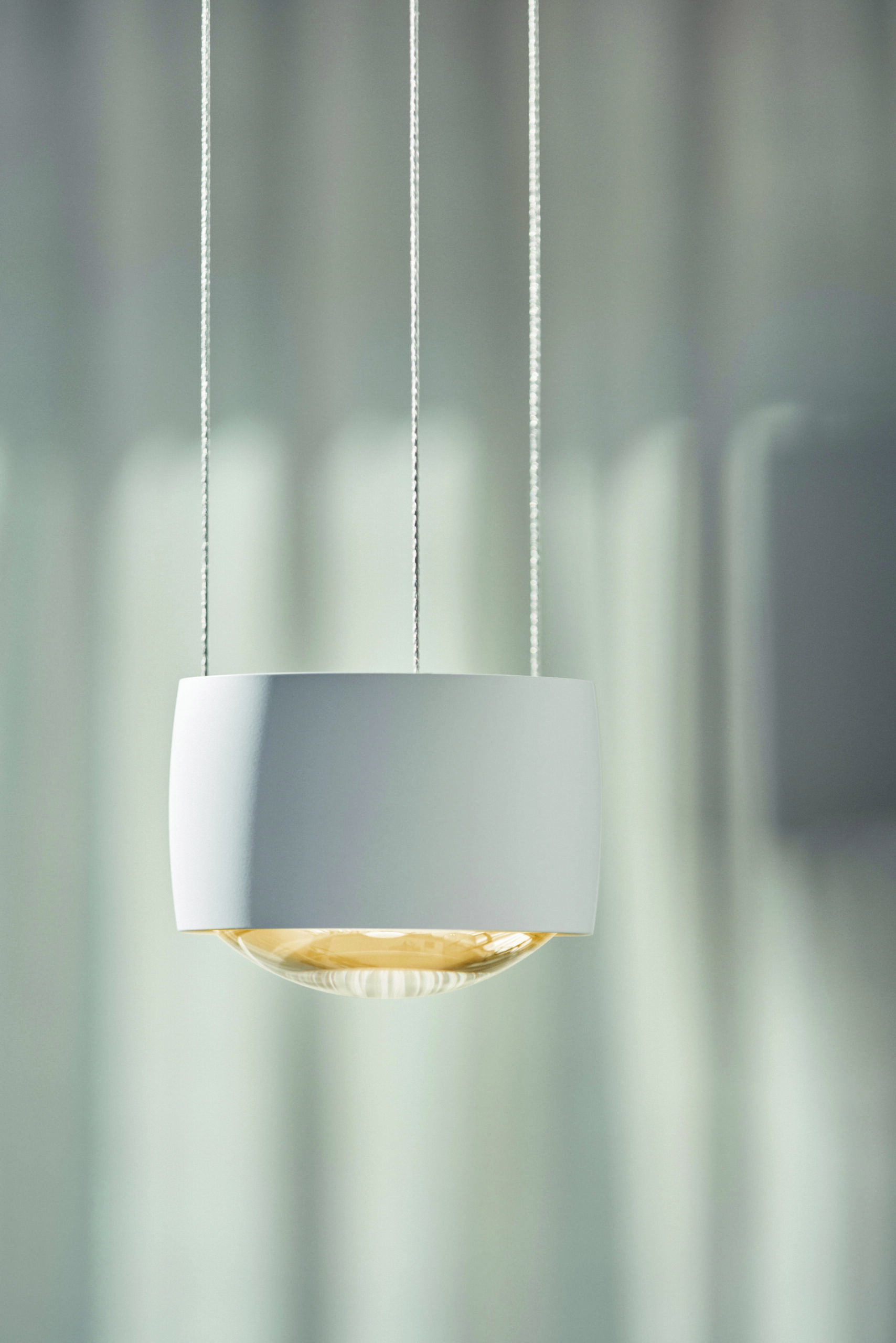
Free-standing lamps
With table lamps (often overlooked in favour of more imposing lighting solutions), you can have light wherever you want it. At the end of the sofa, on a coffee table or on a piece of furniture, they play a key role in creating a warm atmosphere and drawing attention to a certain space or a piece of art. Decorative elements in their own right, these mini floor lamps pimp up the aesthetics of the room in which they are installed and effectively showcase your style.
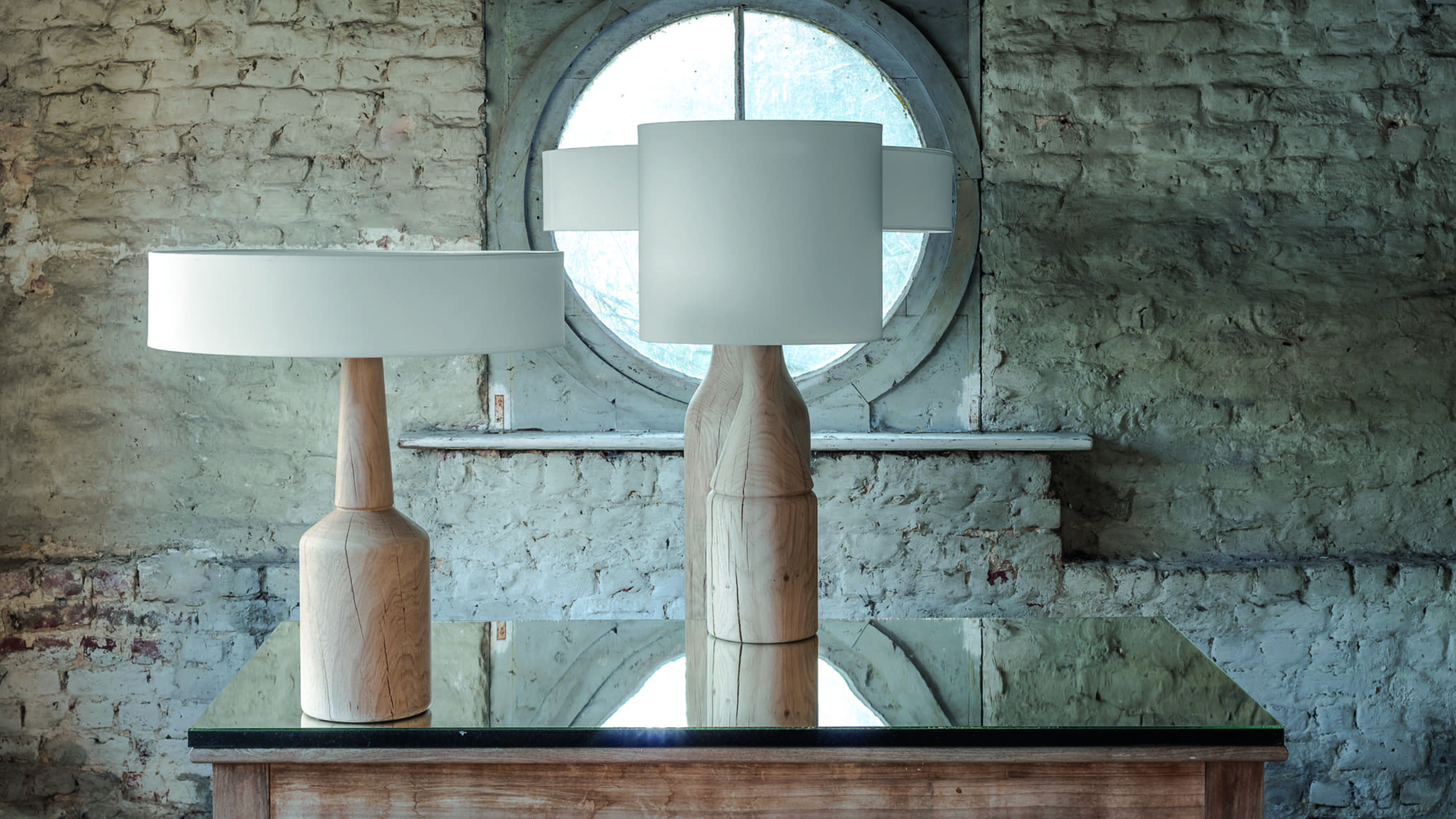
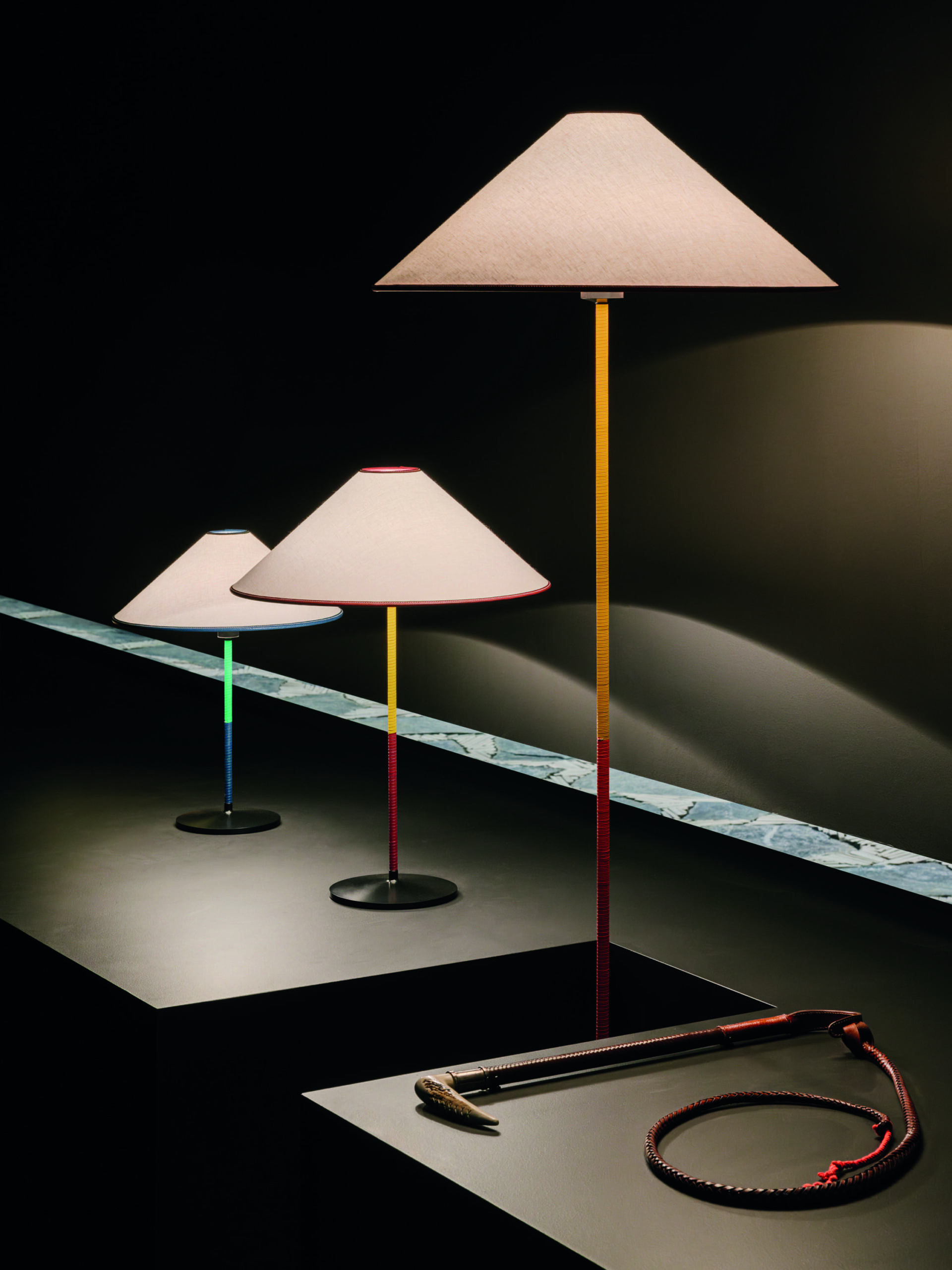
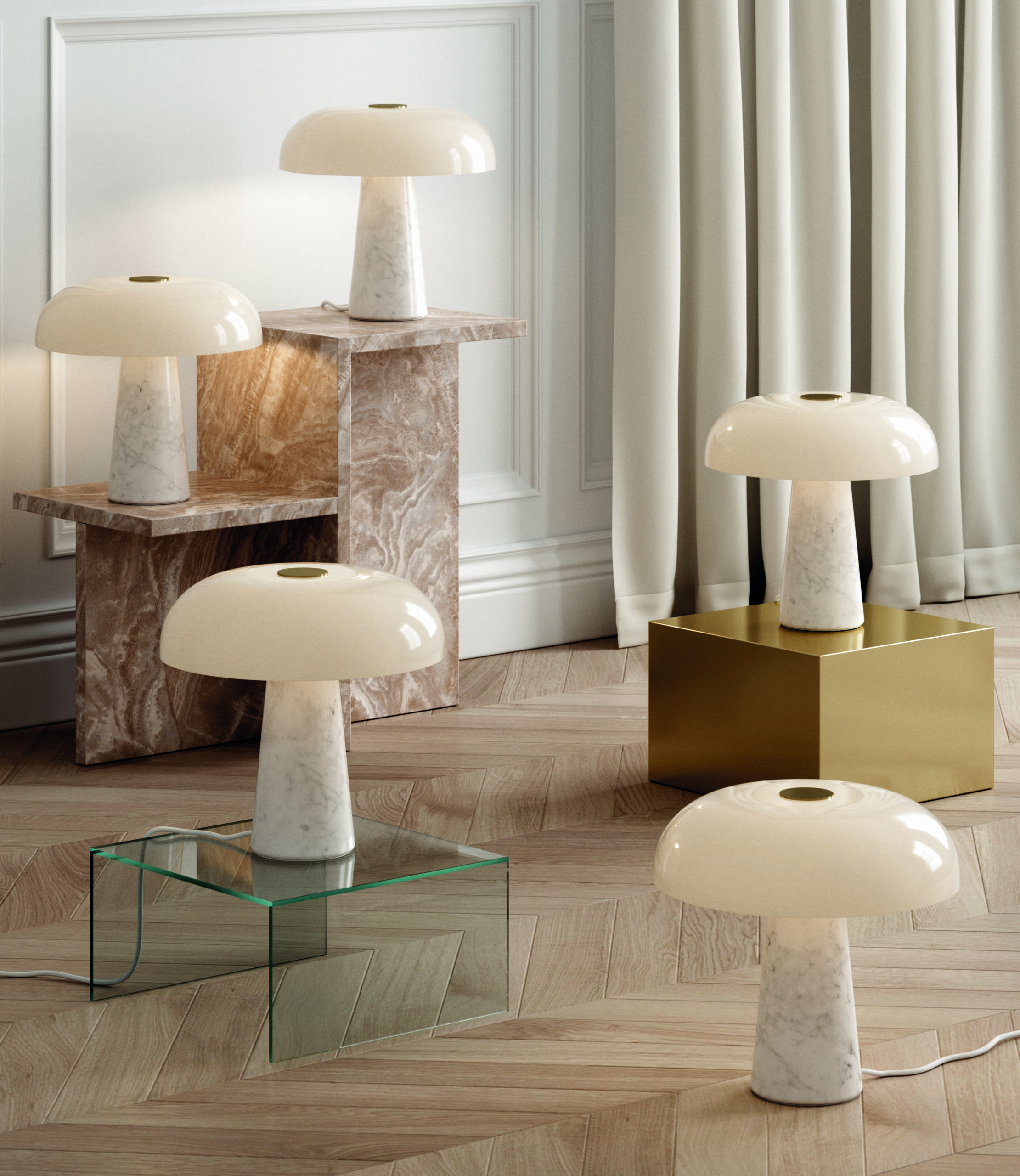
Mushroom lamps are very much on-trend. Directly inspired by nature, these small designer lights are popping up in all types of interiors. We adore their rounded shapes, their vintage pop vibes and their chic, modern style. Available in a variety of materials – glass, opaline, anodized metal or high-performance opal acrylic – these floor lamps are not only in demand as functional light sources but make a style statement. A word of advice? Opt for a solid colour and a sleek look. And don’t forget that a reading lamp on a bedside table requires more focused light, while a lamp artfully placed on a piece of furniture can play a more decorative role.
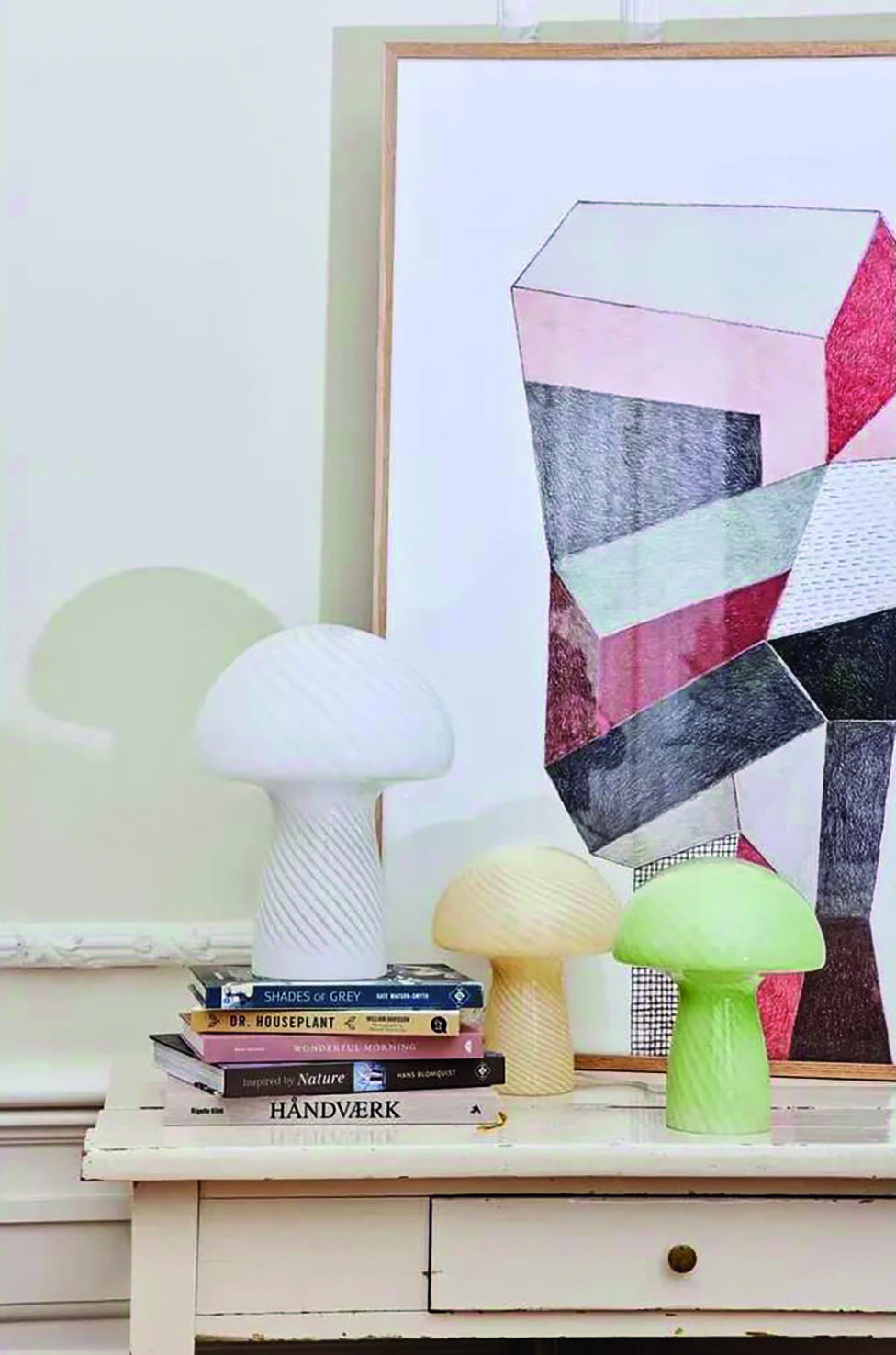
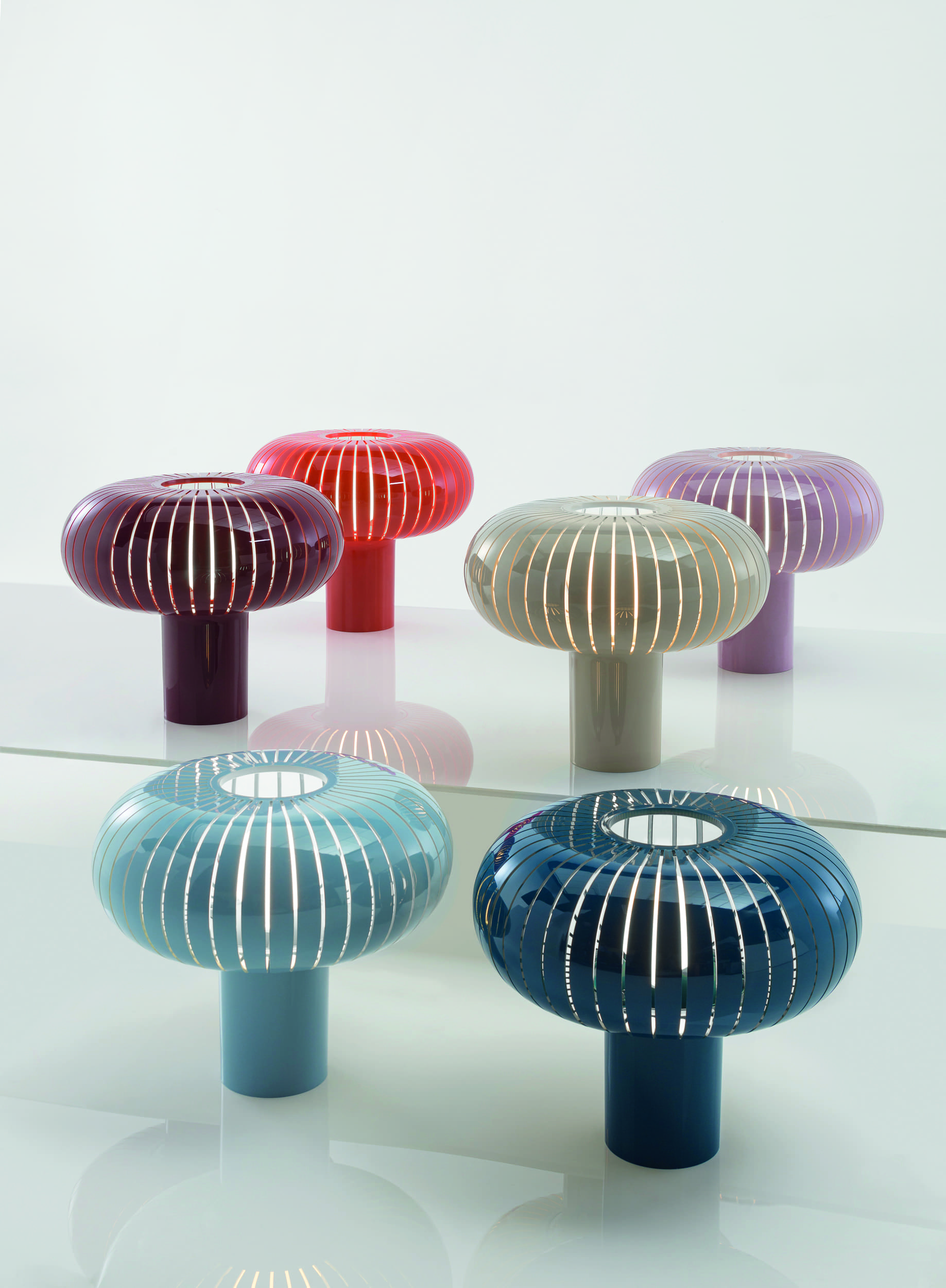
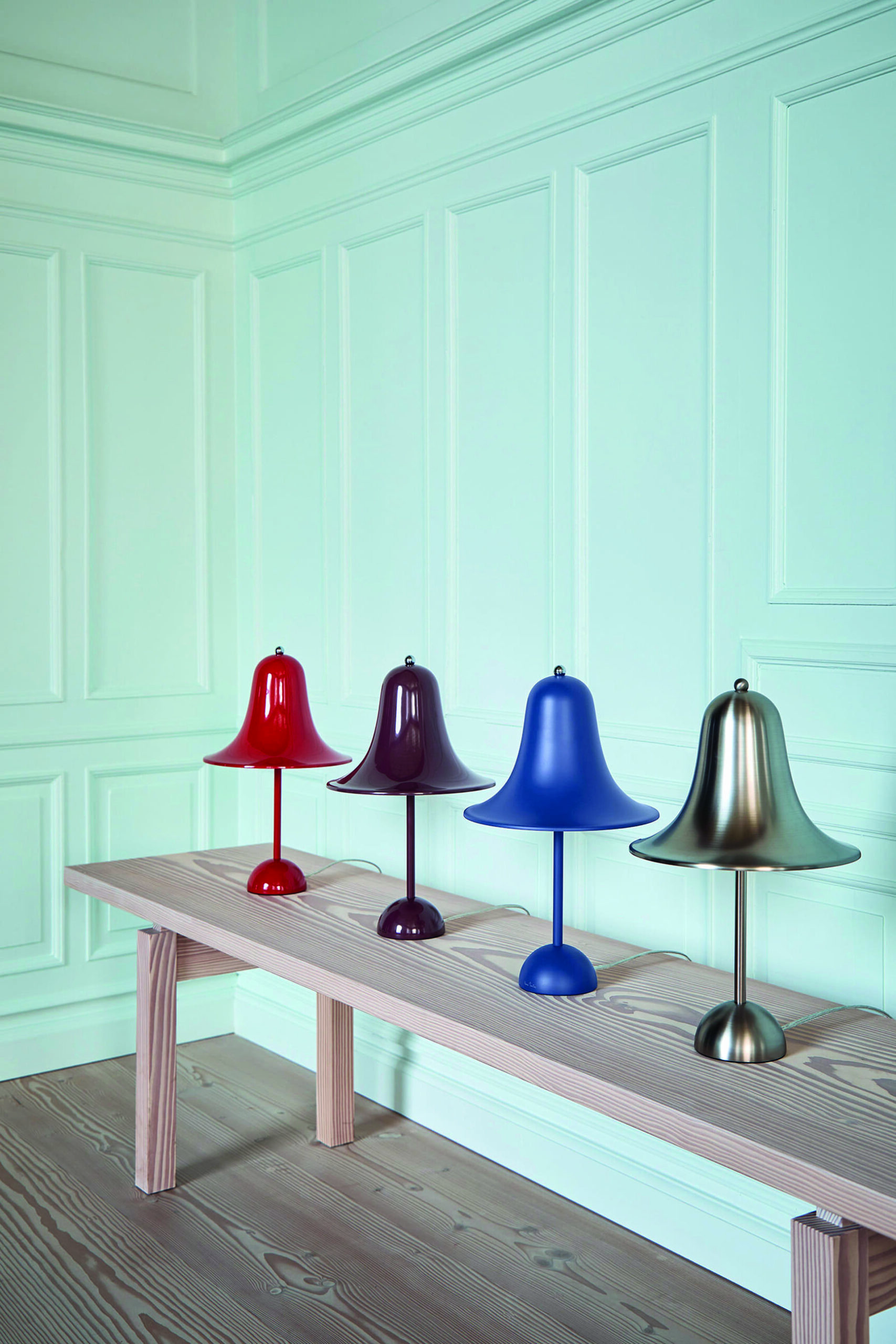
Lighting a room is just as important as decorating it. You will often hear the terms “cold light” as opposed to “warm light”. The former is perceived by the eye with bluish tones and is considered to be more stimulating than warm light with its orange nuances. It is precisely for this reason that its use is recommended in spaces that call for a greater effort of concentration and brighter surroundings.
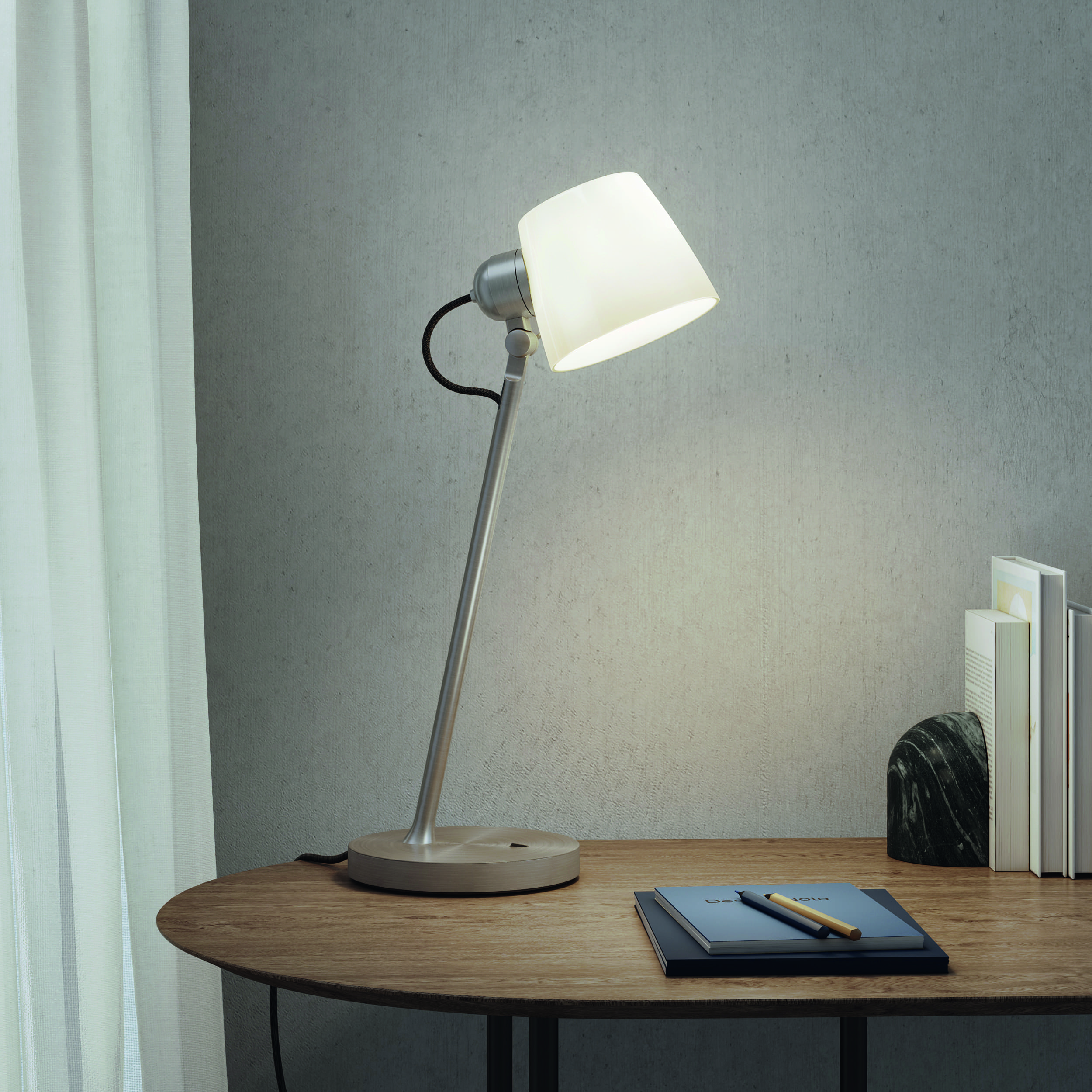
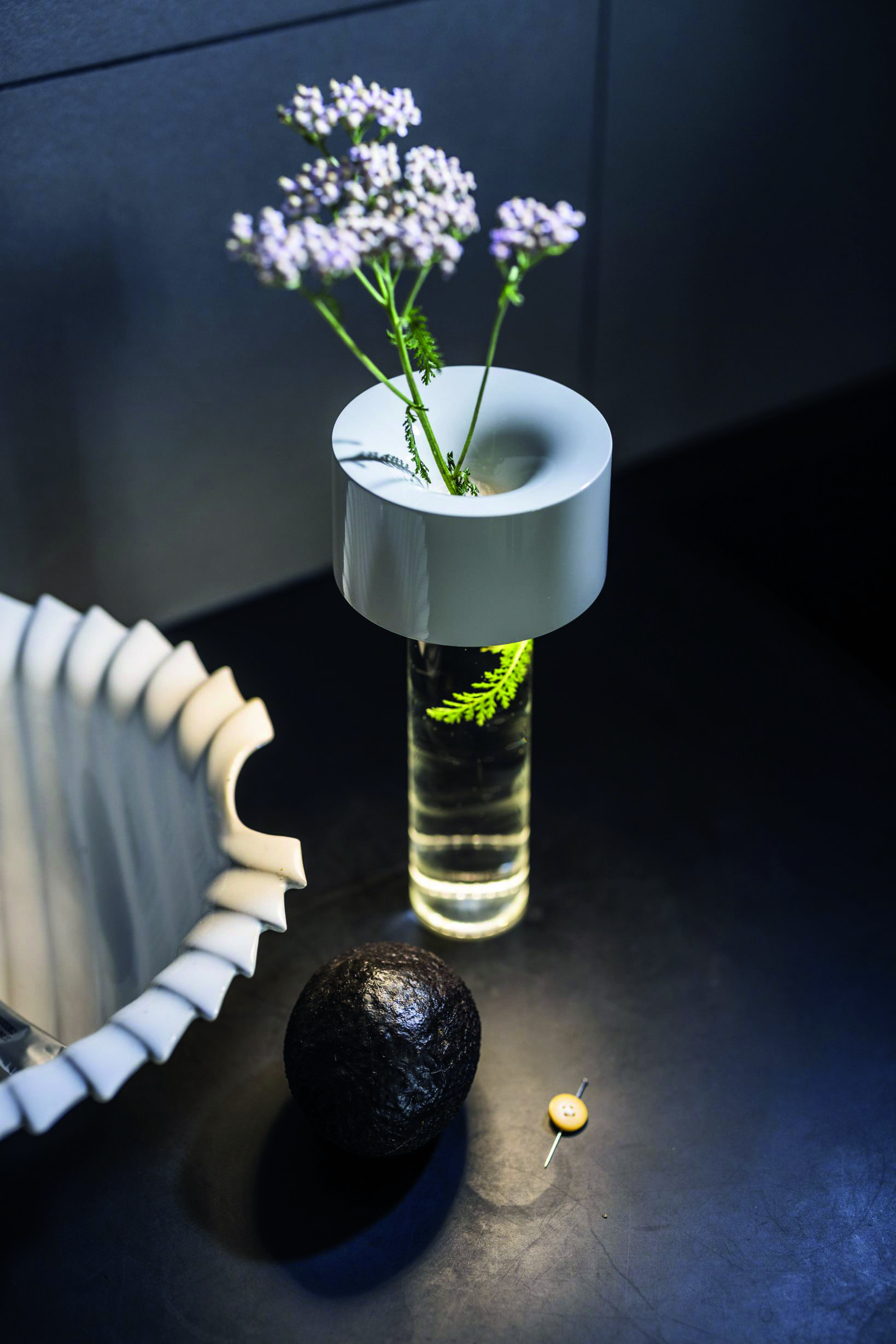
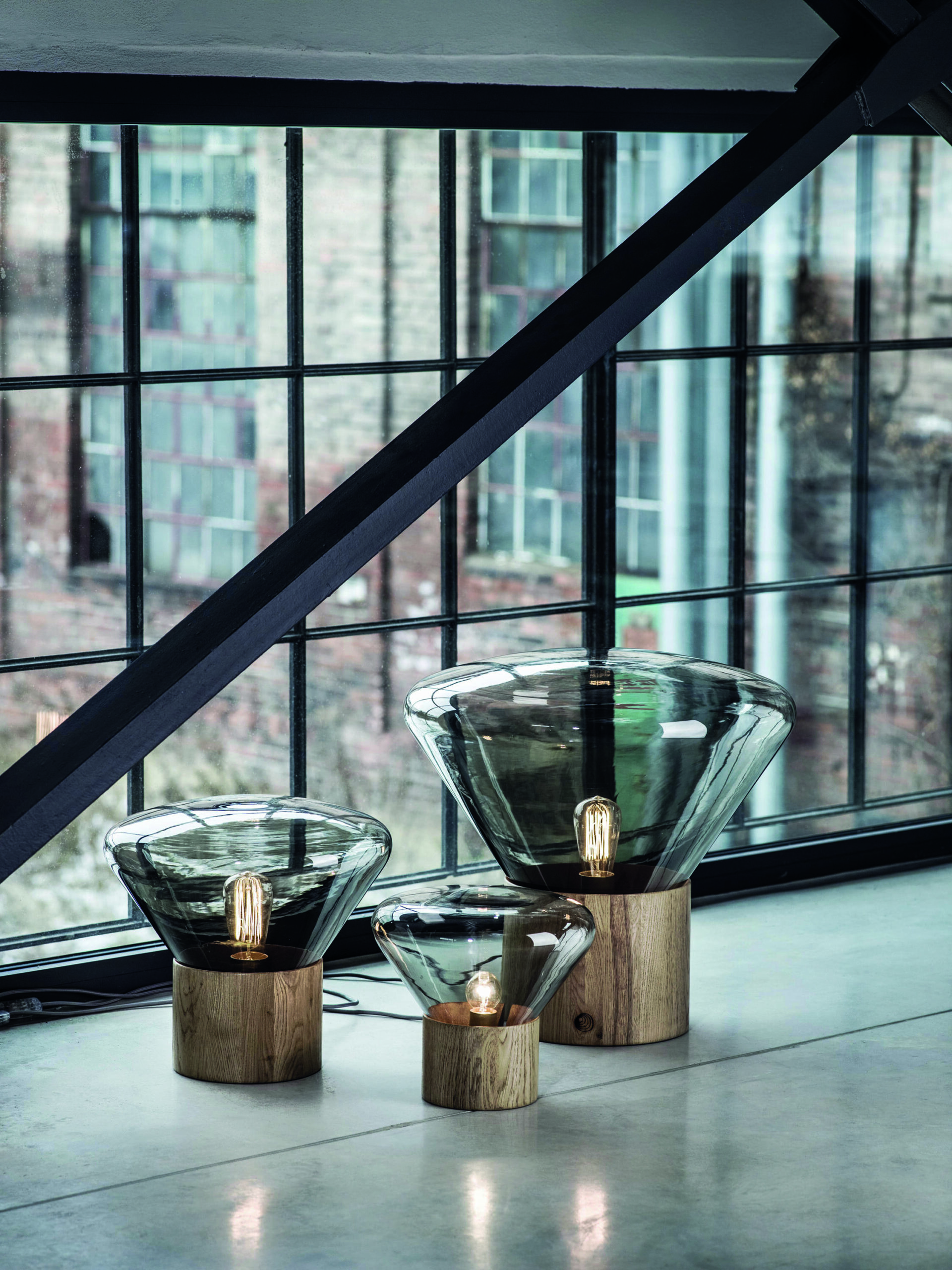
Luminous glass balls
Opaline globes are very much in vogue to light up minimalist interiors. They come in different formats: as spherical floor lamps suspended from a wire, as constellations of balls in the form of a bunch of grapes, or as an aluminium base topped by a simple mouth-blown glass “ball”. Their sleek, round and elegant design procures a soft, diffused light that is ideal for creating a relaxing, intimate atmosphere.
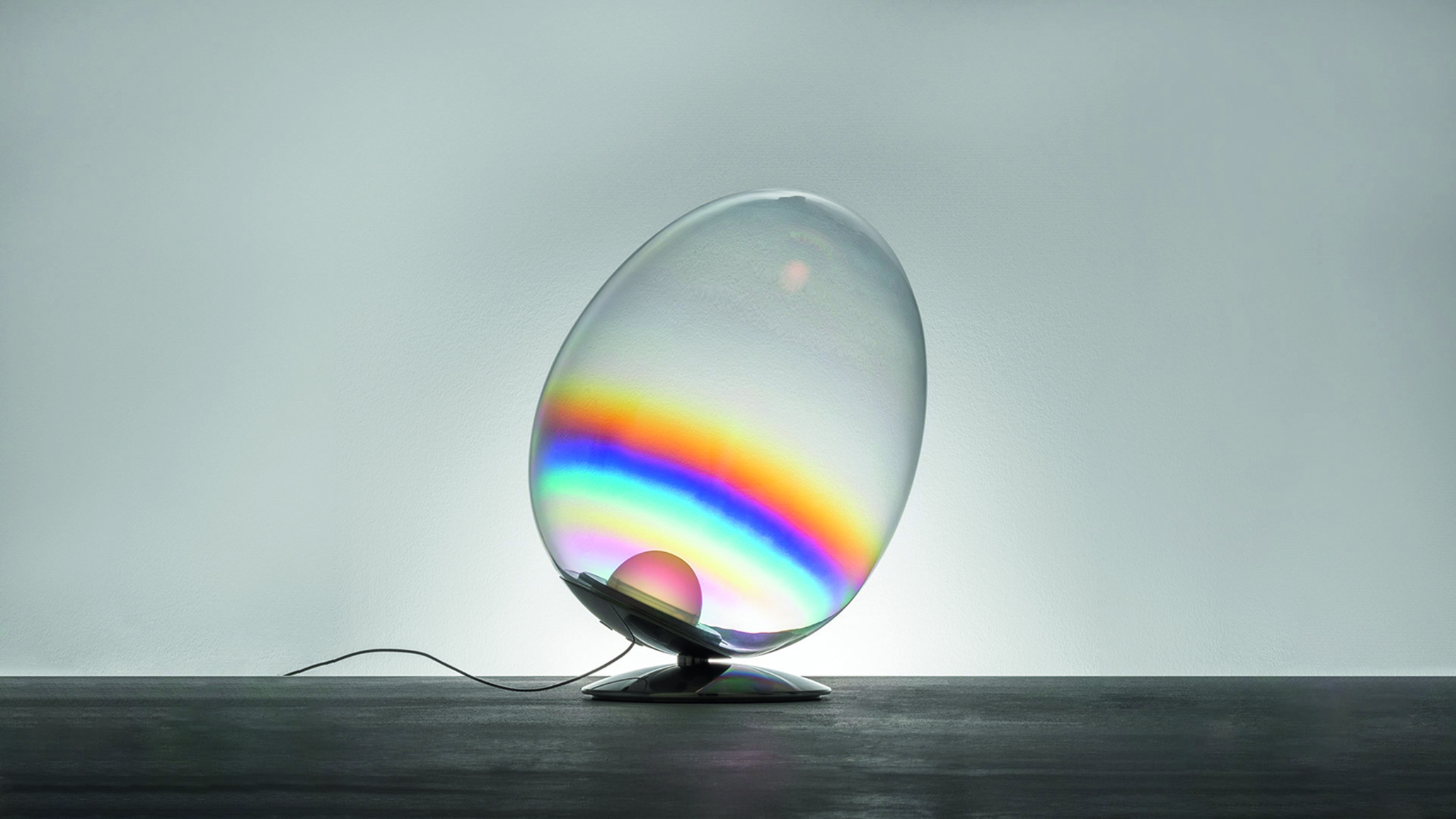
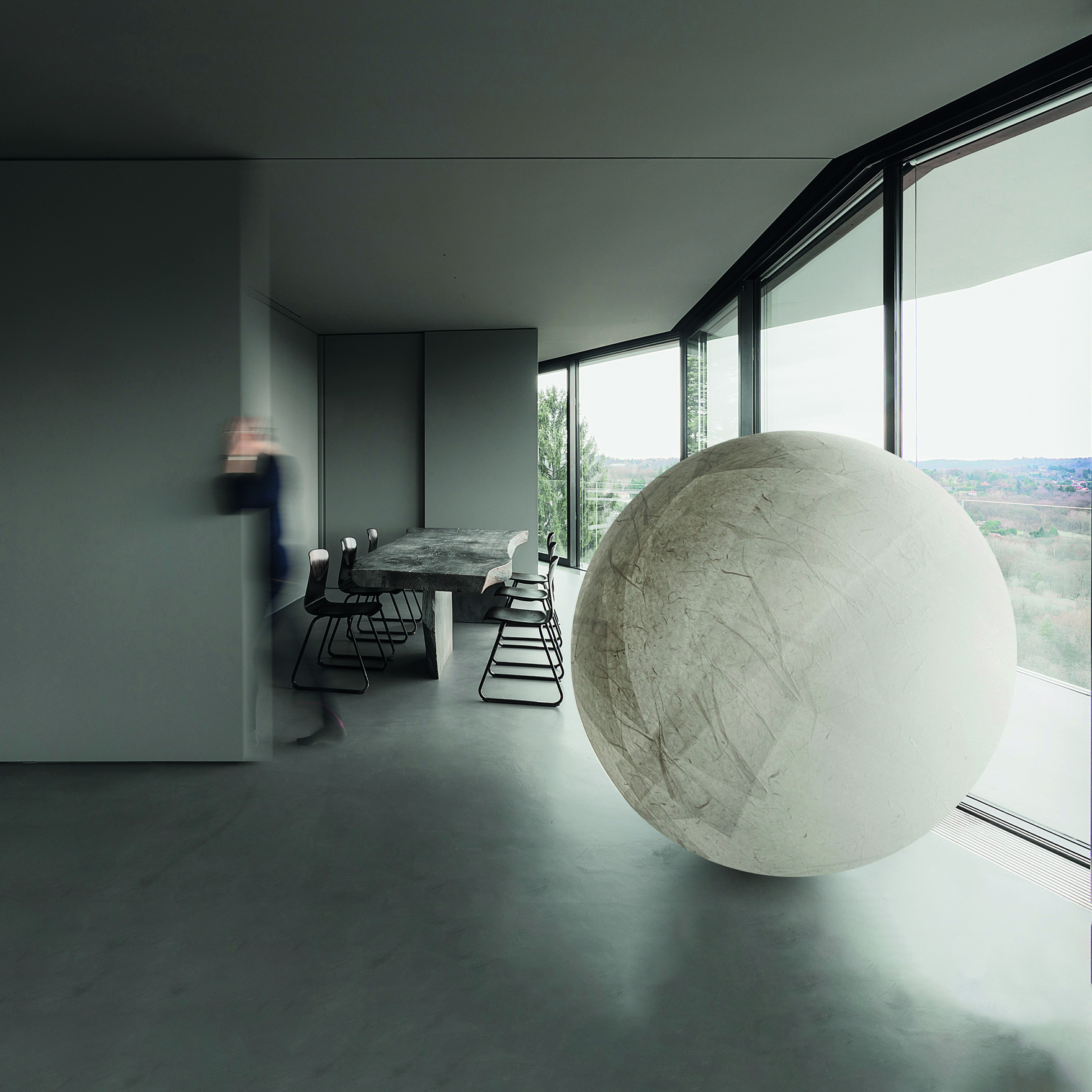
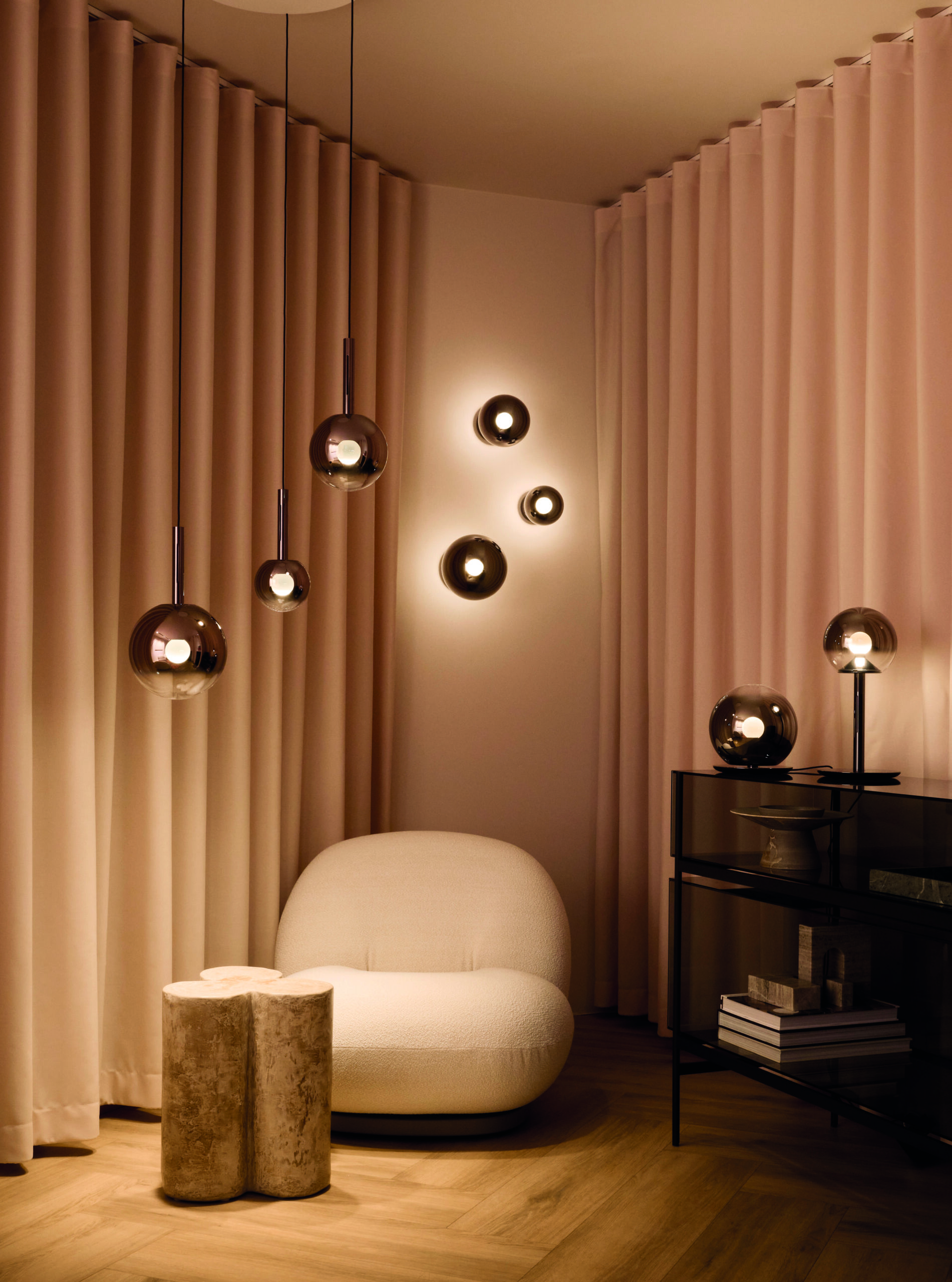
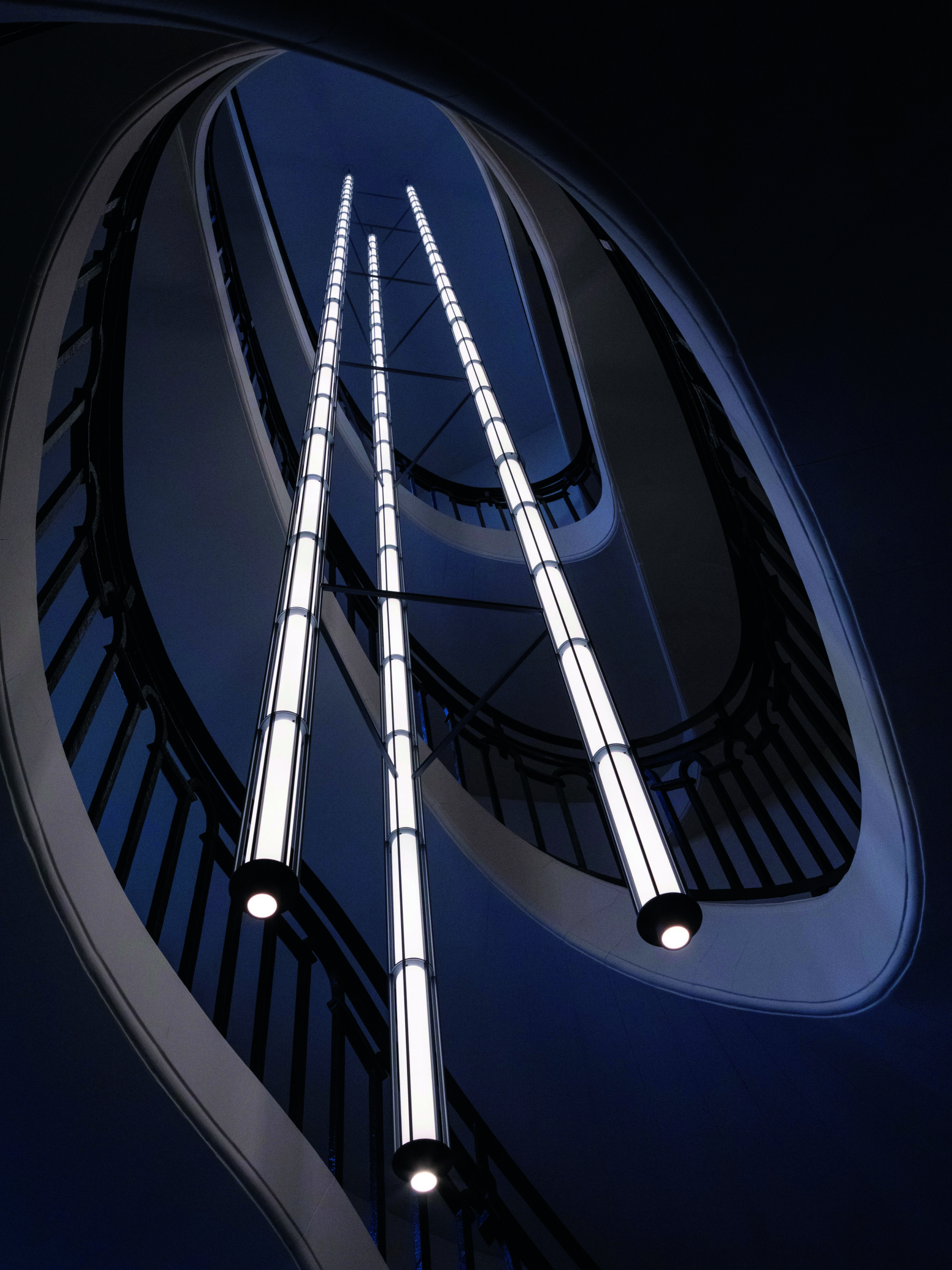
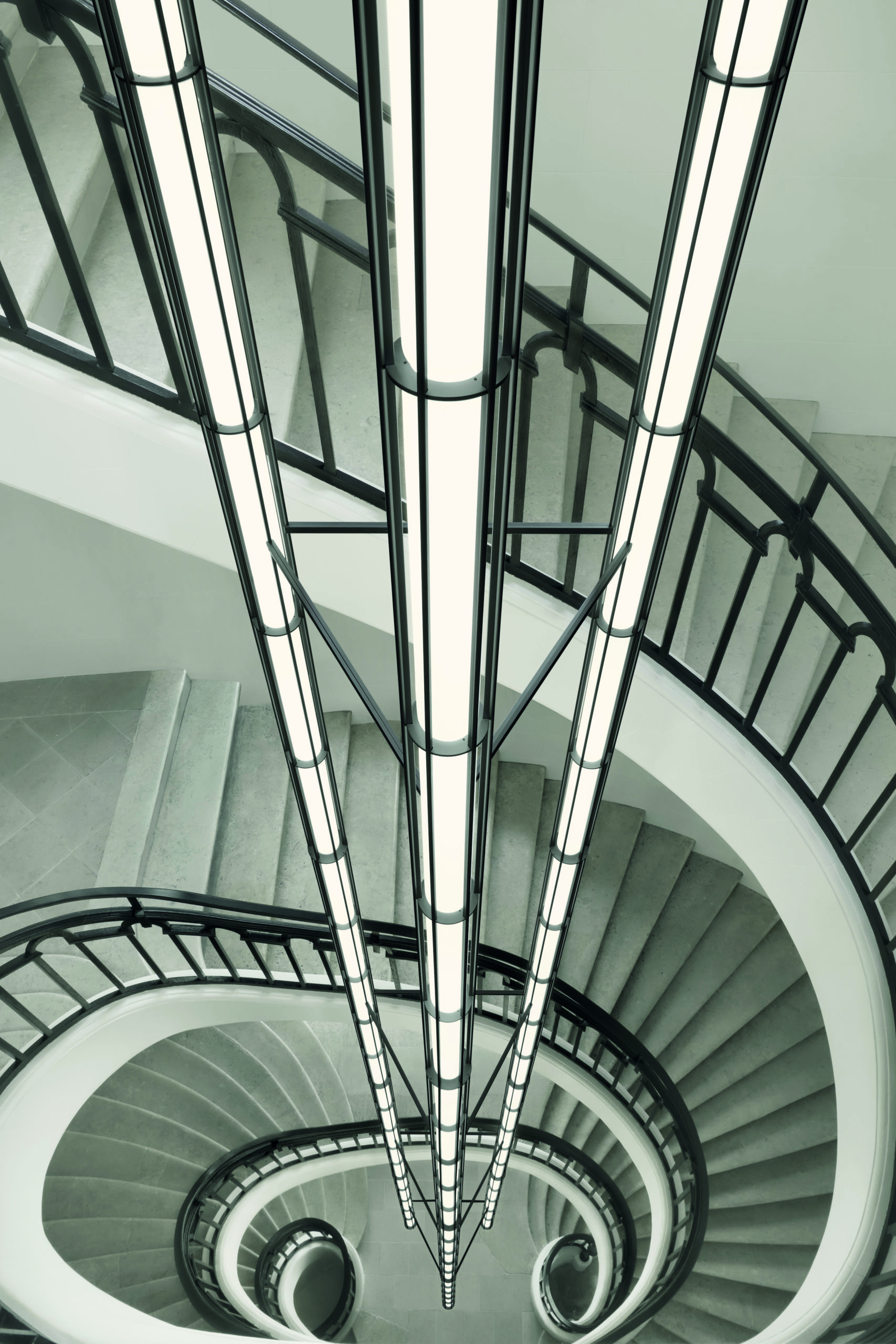
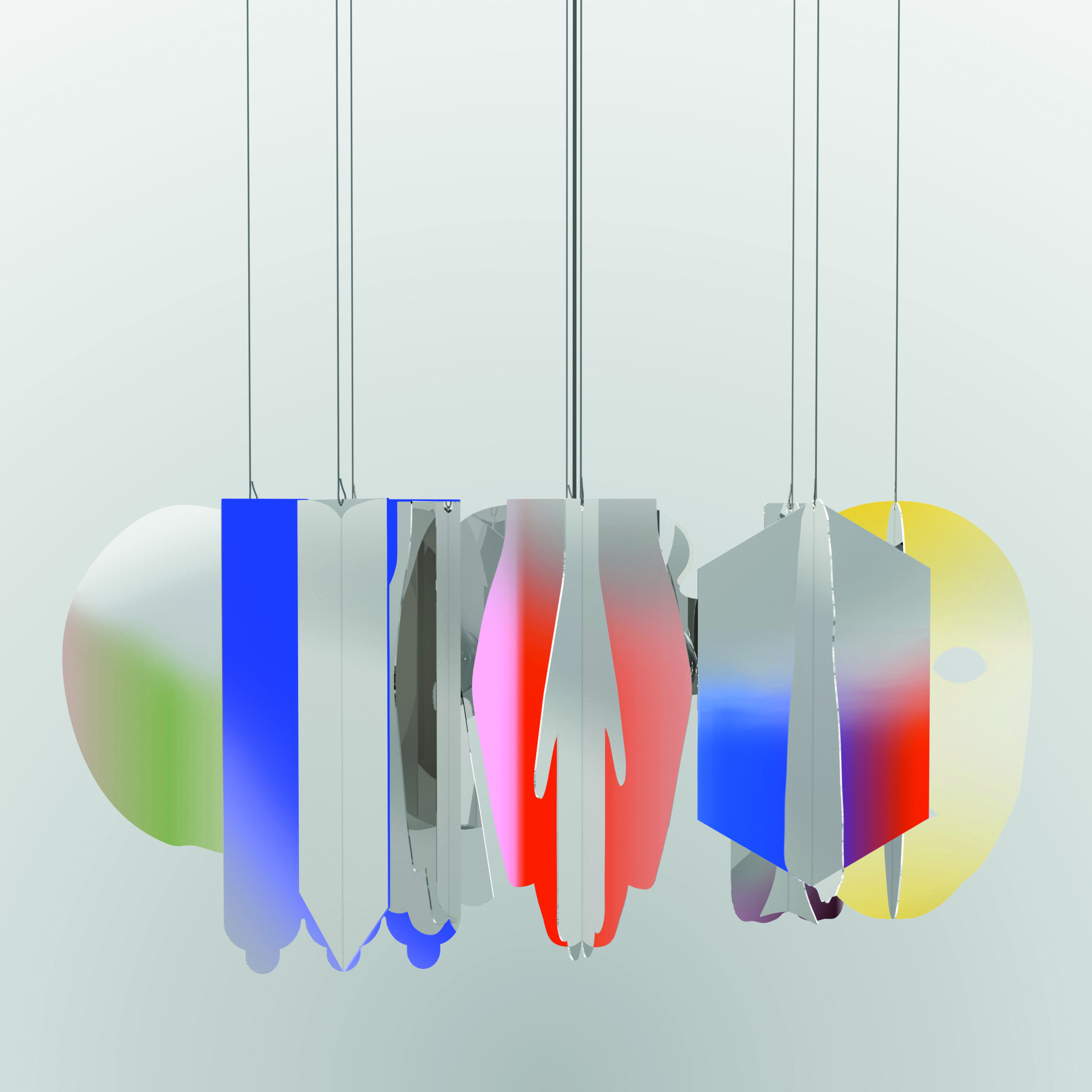
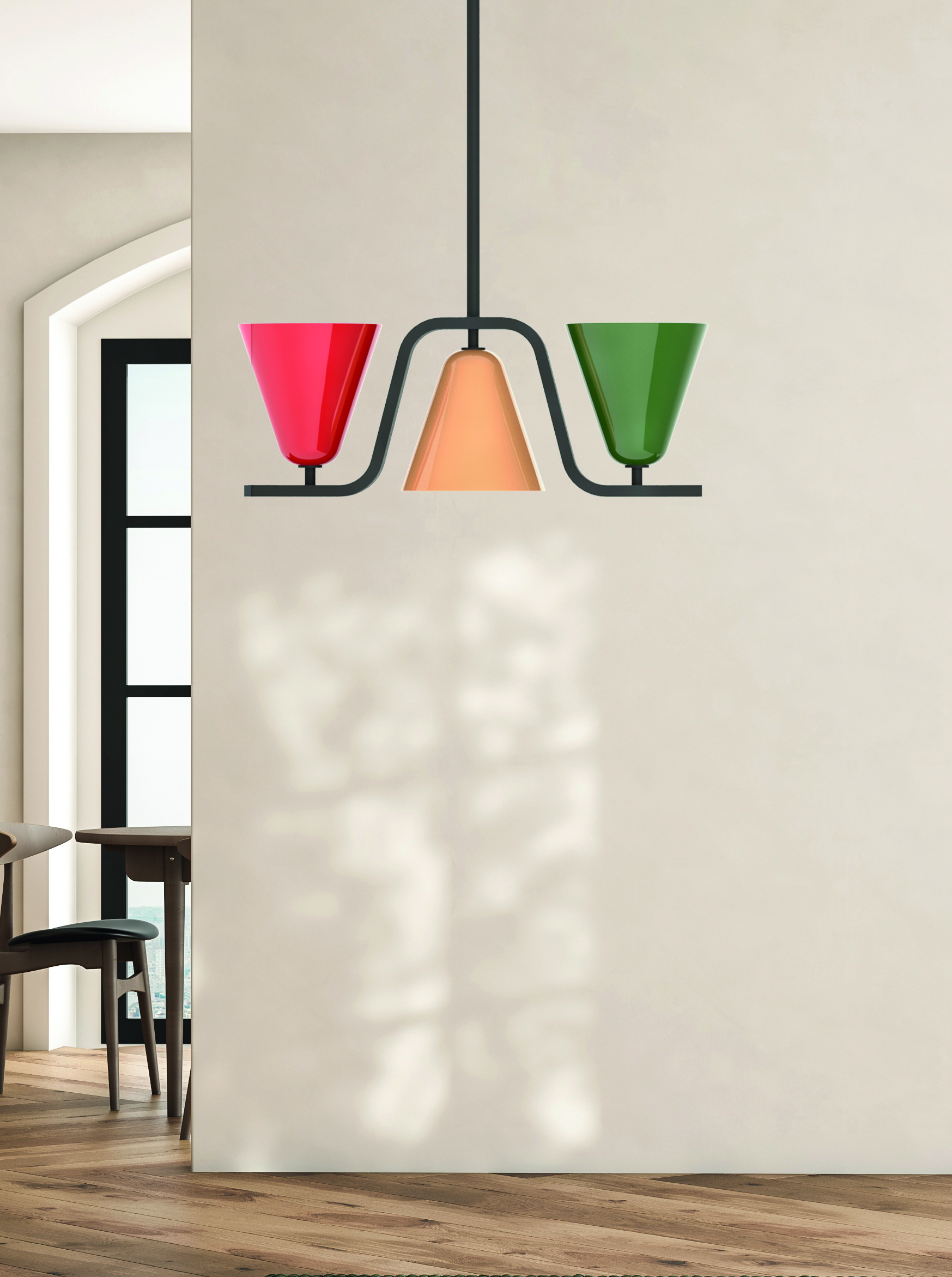
Tailor-made creations
Lighting has a unique ability to set the scene. Some particularly imposing lighting systems are custom-built or produced in (very) limited editions. A case in point is the spectacular vertical luminaire (20 metres long) created three years ago by Ronan and Erwan Bouroullec for La Bourse de Commerce in Paris (Fondation Pinault), based on the Flos “Vertical Light”, a modular lighting fixture for wall installation. LED technology promises an (almost) infinite range of creative possibilities.




Icons of design
Some lamps have achieved cult status, such as Gae Aulenti’s Pipistrello (1964), manufactured by Martinelli Luce. It owes its immense success to the original shape of its diffuser, which resembles the wings of a bat. Made of white methacrylate with a telescopic base in steel, stainless steel and black lacquer, it is now also available in gilded chrome and in a mini version. The same goes for the Akari lamp-sculptures (1960) designed by the great Isamu Noguchi for Vitra and made from strips of paper (mulberry) on a fine bamboo structure. Iconic!
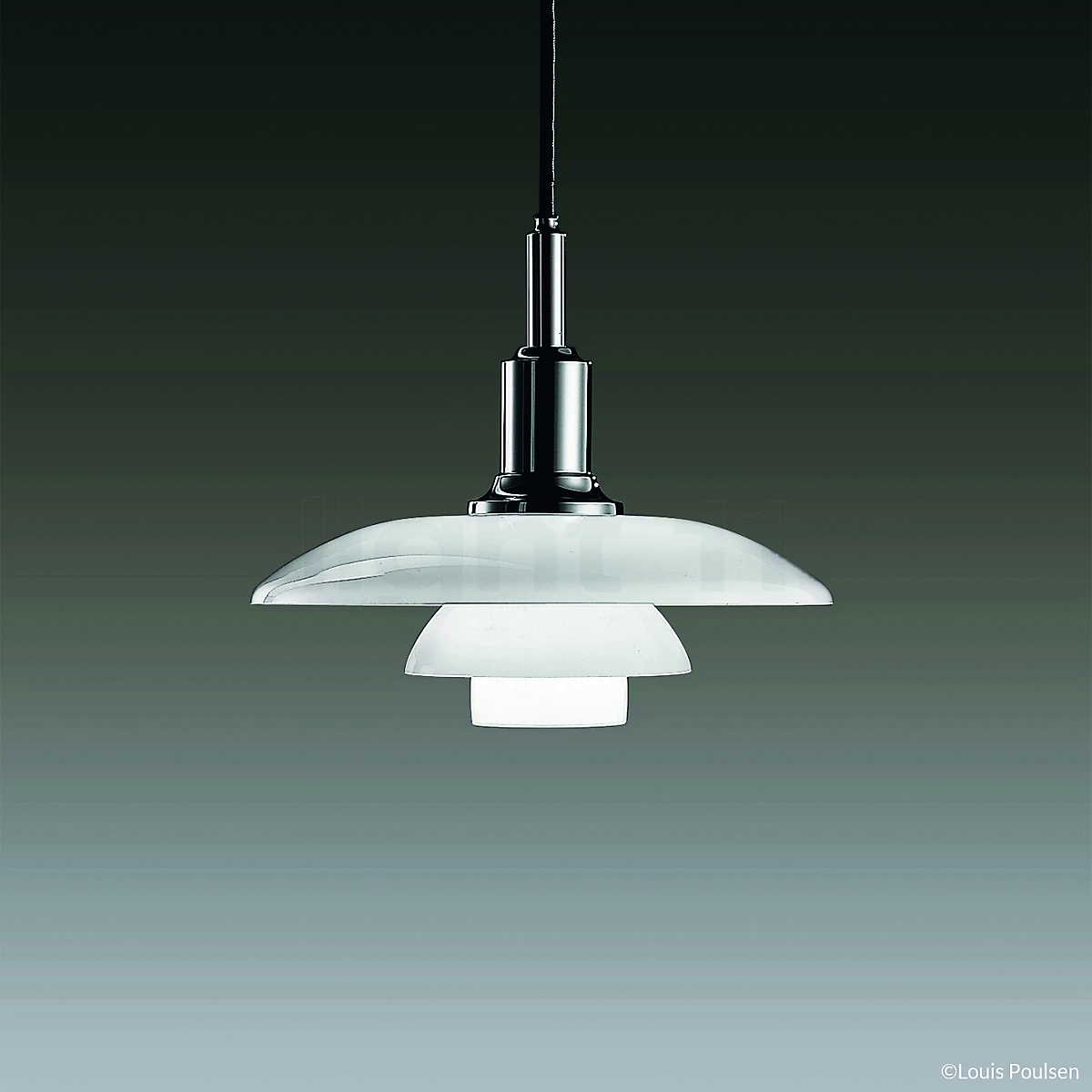
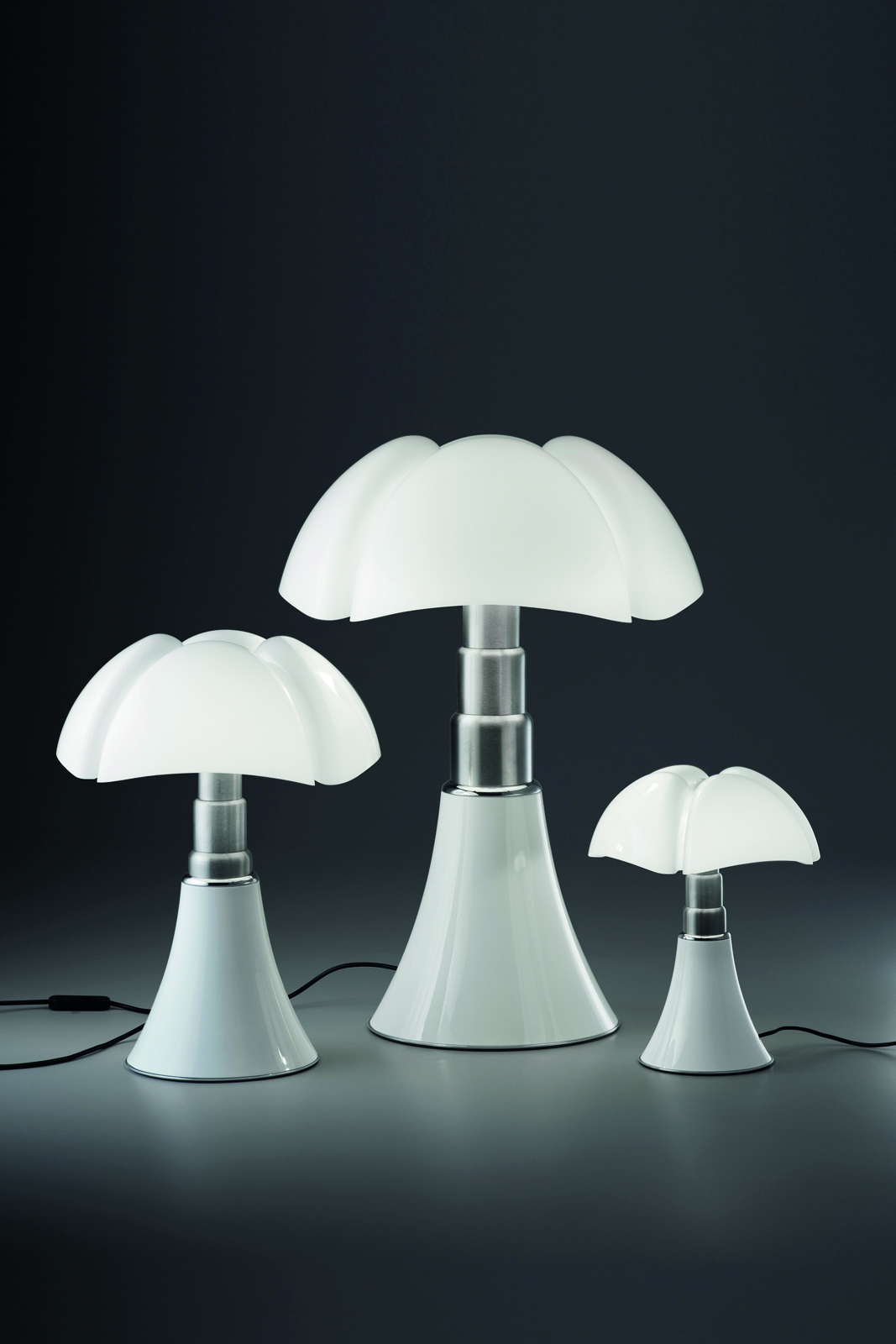
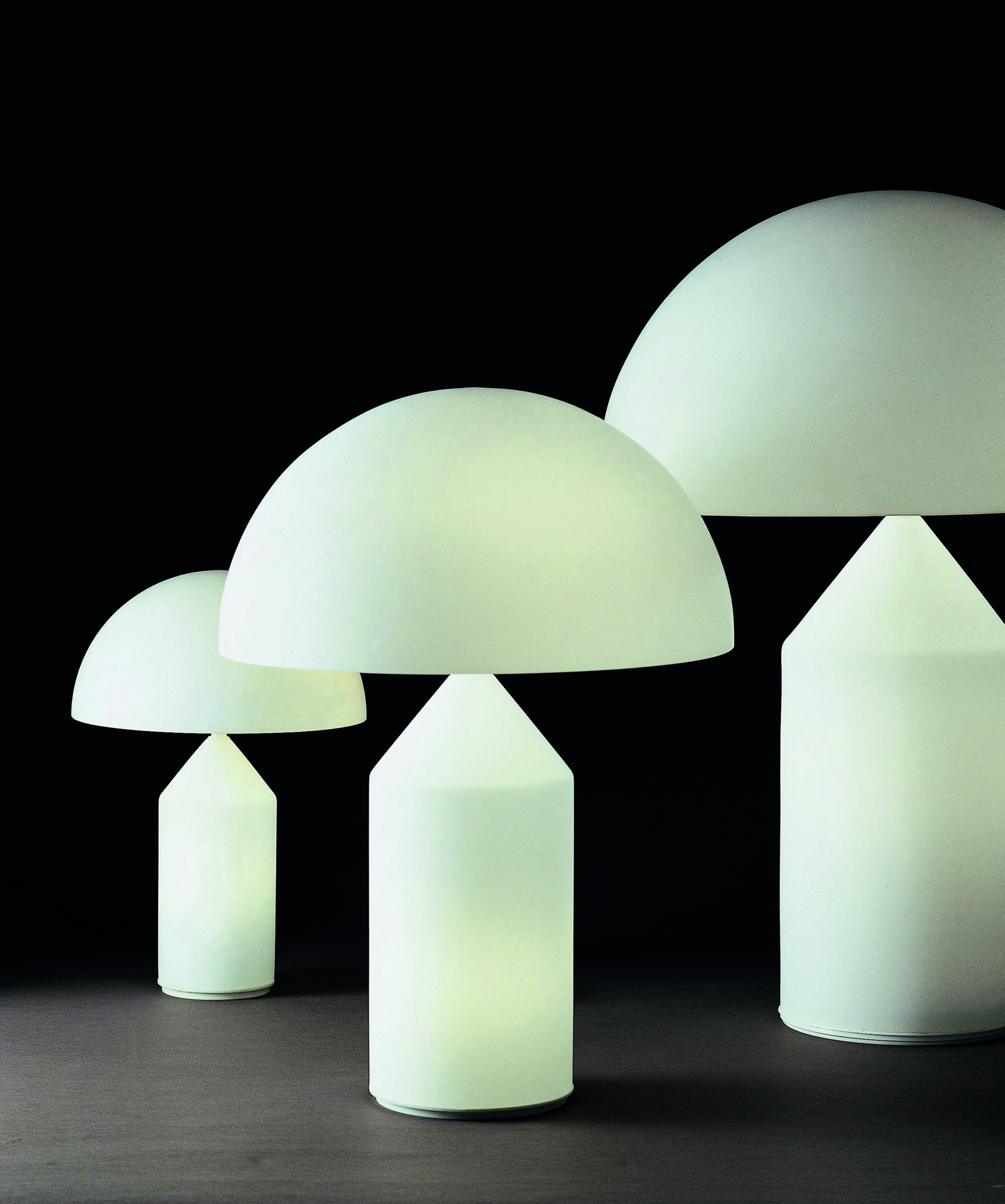
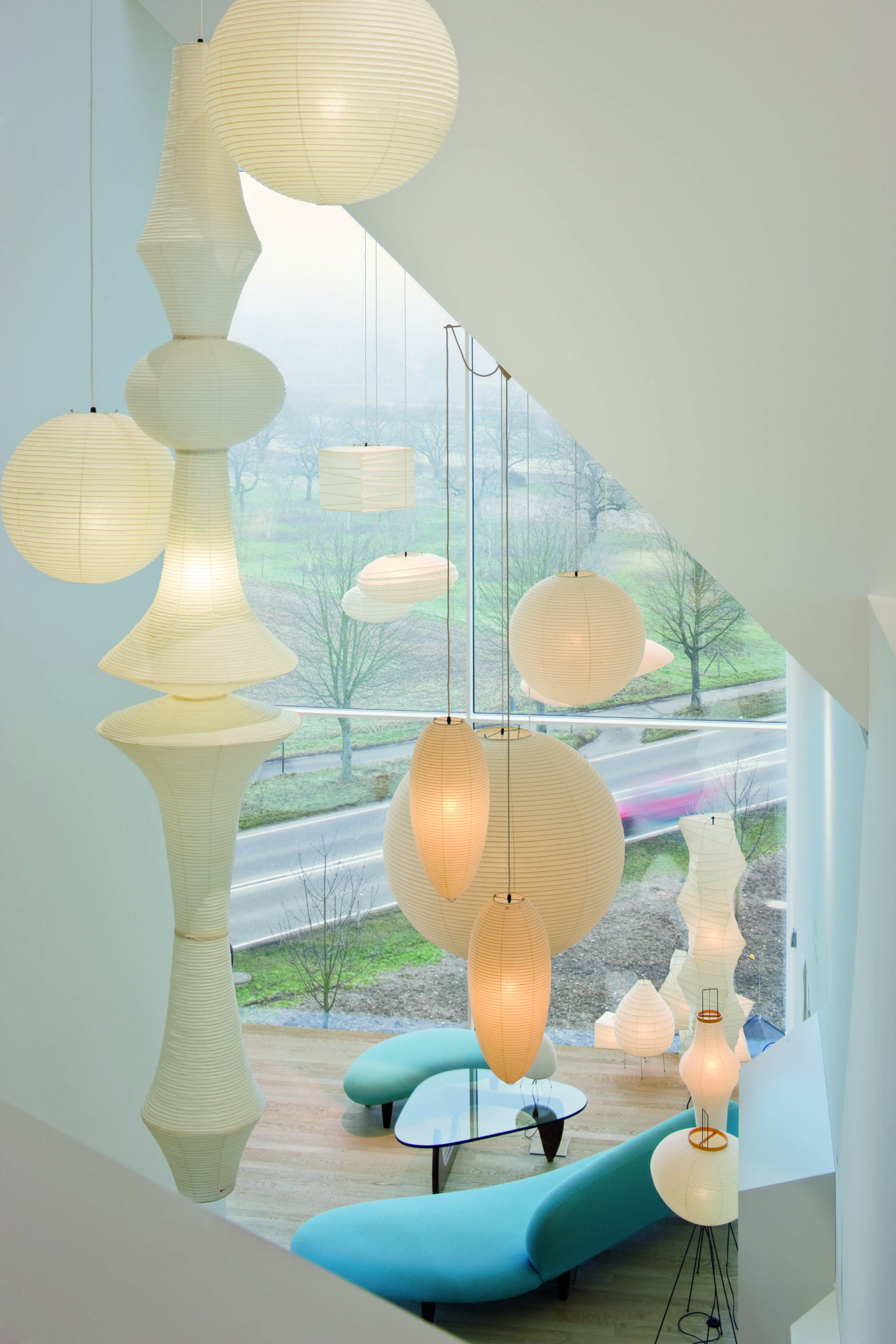 é
é
